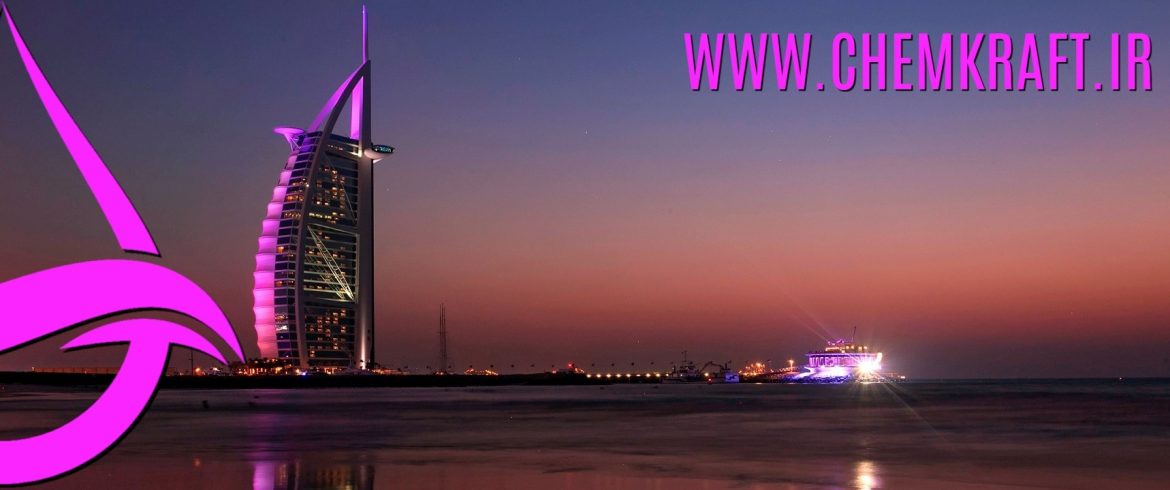Introduction:
The Persian Gulf region has emerged as a significant hub for chemical production, including the manufacturing of caustic soda, a versatile and crucial industrial chemical. While this presents opportunities for economic growth and industrial development, it also poses challenges for Iran, a key player in the region. This essay explores the landscape of caustic soda production in the Persian Gulf, examines the challenges faced by Iran, and highlights potential opportunities for strategic positioning.
Caustic Soda Production in the Persian Gulf:
The Persian Gulf region hosts several countries with robust petrochemical industries, and caustic soda production is a notable component of this sector. Countries such as Saudi Arabia, the United Arab Emirates (UAE), and Qatar have invested heavily in building advanced petrochemical complexes, equipped with modern facilities for the production of caustic soda.
- Saudi Arabia: With its vast oil reserves and strategic economic vision, Saudi Arabia has established itself as a leading caustic soda producer in the region. Major companies such as Saudi Basic Industries Corporation (SABIC) contribute significantly to the country’s caustic soda production capacity.
- United Arab Emirates: The UAE, particularly Abu Dhabi and Dubai, hosts petrochemical complexes that produce caustic soda to meet domestic and international demand. Companies like Borouge, a joint venture between ADNOC and Borealis, are prominent contributors to caustic soda production in the UAE.
- Qatar: Qatar has also invested in petrochemical infrastructure, and companies like Qatar Petrochemical Company (QAPCO) play a vital role in the country’s chemical production, including caustic soda.
Challenges for Iran:
While the presence of caustic soda producers in the Persian Gulf region signifies economic vitality, it also poses challenges for Iran:
- Competition and Pricing Pressure: The concentration of caustic soda production in the Persian Gulf region creates a competitive landscape. Producers in Saudi Arabia, the UAE, and Qatar benefit from economies of scale, potentially leading to competitive pricing that may challenge Iran’s market share.
- Logistical Challenges: The Persian Gulf region’s caustic soda producers may have logistical advantages due to their proximity to international shipping routes. Iran, while located along the Persian Gulf, must contend with potential trade barriers, sanctions, or geopolitical tensions that can impact its ability to leverage regional logistics effectively.
- Technological Advancements: The Persian Gulf countries have made substantial investments in state-of-the-art technologies and modern facilities for caustic soda production. Keeping pace with technological advancements is a challenge for Iran, requiring continuous innovation to maintain competitiveness.
- Global Market Dynamics: Caustic soda is a globally traded commodity, and shifts in international market dynamics, such as changes in demand or fluctuations in raw material prices, can impact the competitiveness of Iranian caustic soda in the global market.
Opportunities for Iran:
While challenges exist, there are strategic opportunities for Iran to navigate the competitive landscape and enhance its caustic soda industry:
- Niche Markets and Specialized Products: Iran can focus on niche markets and the production of specialized caustic soda products that cater to specific industrial needs. Differentiation based on product quality, purity, or unique applications can create a competitive advantage.
- Investment in Research and Development: To stay competitive, Iran can invest in research and development to enhance its caustic soda production processes. Innovations in technology, energy efficiency, and environmental sustainability can position Iran as a leader in the global caustic soda market.
- Strategic Partnerships and Collaborations: Forming strategic partnerships and collaborations with international companies can provide Iran with access to advanced technologies, expertise, and global markets. Joint ventures can enhance the efficiency and competitiveness of Iranian caustic soda production.
- Diversification of Export Markets: Iran can explore opportunities to diversify its export markets beyond the Persian Gulf region. Building trade relationships with countries in Asia, Europe, and Africa can help mitigate risks associated with dependence on specific regional markets.
- Adherence to International Standards: Meeting or exceeding international standards for caustic soda quality and safety is essential. Adhering to regulatory requirements and industry standards enhances the marketability of Iranian caustic soda and instills confidence in international buyers.
Conclusion:
The Persian Gulf region’s prominence as a caustic soda production hub presents both challenges and opportunities for Iran. While competition from neighboring producers is significant, Iran can leverage its unique strengths, such as a skilled workforce, access to diverse raw materials, and a strategic geographical location. By addressing challenges through innovation, strategic partnerships, and diversification, Iran can strengthen its position in the global caustic soda market.
As the world continues to evolve, the demand for caustic soda remains robust, driven by its essential role in various industries. Iran’s ability to adapt to changing market dynamics, invest in technology, and cultivate a proactive approach to international trade will determine its success in navigating the challenges and seizing the opportunities presented by the thriving caustic soda industry in the Persian Gulf region.









